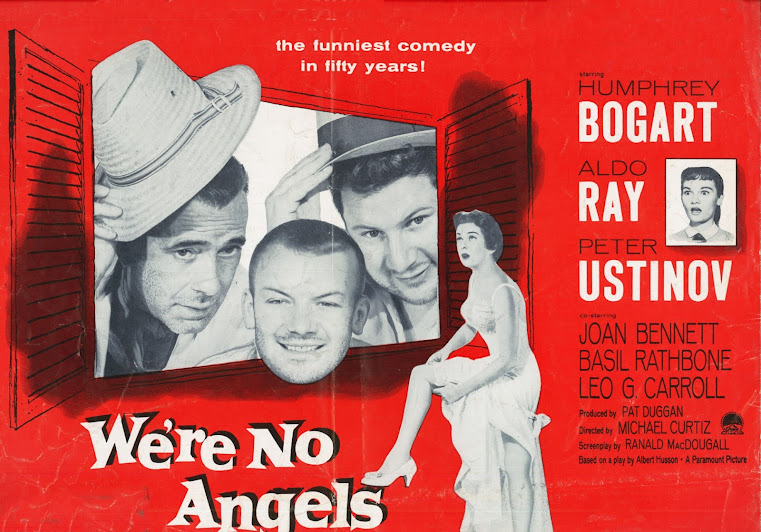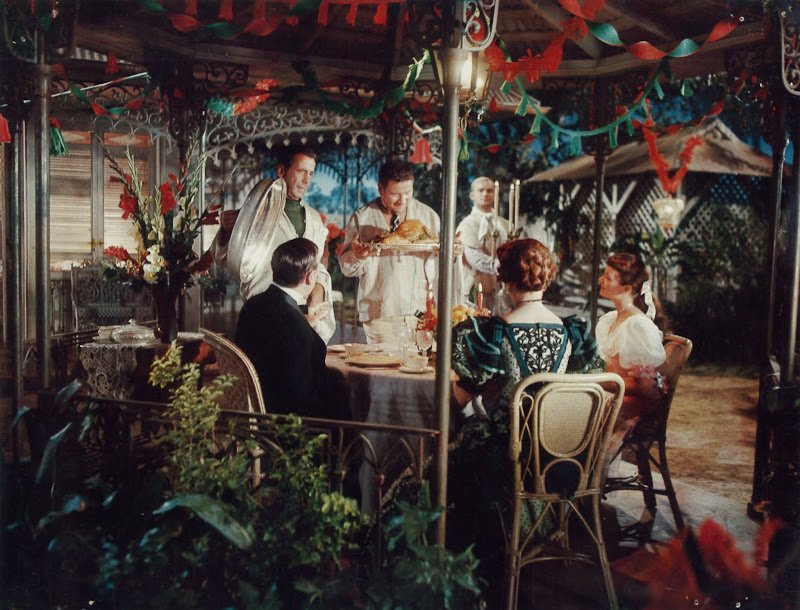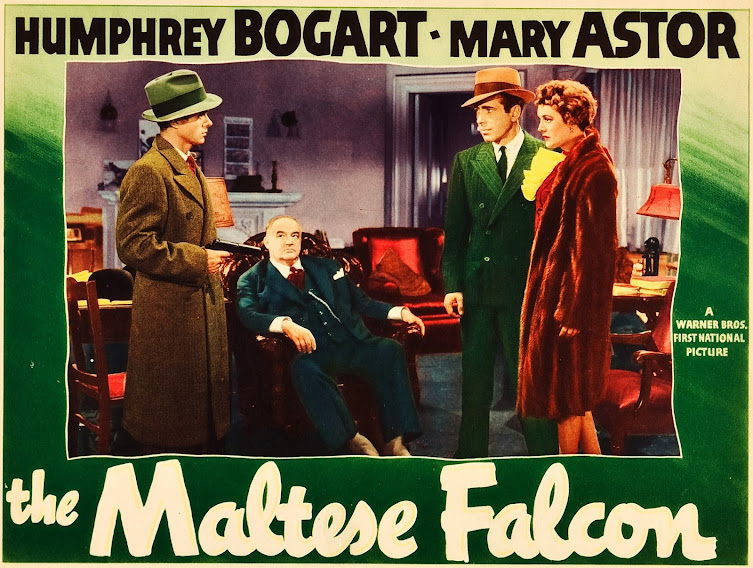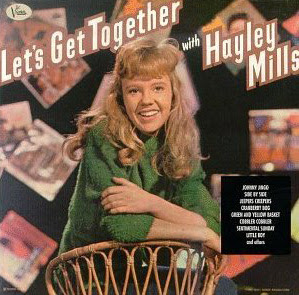Cheaper The Better, Say Some
Baddest Men In The Whole D--n Town
A public's first glimpse of James Cagney in White Heat must have been a startler, as he looks like a deranged Buddha in a passenger seat en route to robbing a train, replete with cold sore on his lip and whatever star looks he had forever passed. The caveman had gone sedentary, and weight gain was result. Cagney could and would trim down where necessitated by dance segments or a part he respected. He didn't respect White Heat beyond a usual committed performance. Why give up good eating to play another bad man? Cagney saw potency in the yarn and knew it would revitalize a stalled career (he'd been in only two since 1945, and one, The Time Of Your Life, flopped dismally), but he'd shun White Heat in hindsight as "cheapjack" and a poor example to youthful watchers. For all of that however, White Heat is first choice of Cagneys you'd show a general audience, it being a most modern and crackling of his vehicles, far and away the one that represents him best in crime mode.
White Heat seems too an audition, as in … might Steve Cochran be our next Cagney? He was spotlighted in The Damned Don’t Cry a following year, star in fact with Highway 301, also a 1950 release. Latter is a low-budget pearl, done astonishingly for $530K, so even if it clocked but $759K in domestic rentals, plus $845K foreign, the wretched thing still takes profit. Let no one kid you, B’s were alive and well after the war, especially at Warners. Highway 301 was produced by Bryan Foy. What he knew about saving money was mystery still to Scotsmen, though easy to overlook is how well many of his B’s turned out (Foy could also be trusted with something important, like House of Wax). What I savor about Highway 301 is its taking place along an eastern seaboard like real-life robberies said to have inspired the yarn. “Tri-State” gang as menace was exclusive focus here, no stalwarts in opposition (even White Heat had John Archer for reassurance, with Edmond O’Brien gone undercover). Highway 301 just has Steve Cochran plus low lives in support, them and molls picked off one by one by this worst of heavies as each disappoint Steve for one reason or other.
Remember when Metro took licks for making trashy bad apple flix like Rogue Cop? But people want them, they cried, we can’t just do Jane Powell musicals. Highway 301 was a little like that, though I doubt Warners went abashed for placing its shield upon 301 or for that matter, tawdrier ones (Kiss Tomorrow Goodbye … banned in Ohio!). In fact, they were proud enough to Strand-book Highway 301 solo, the Gotham site as much landing strip for gangsters as the Rialto up streets for horror. Insecticide here was enough vaudeville to float the audience in/out on wings of song and comedy, lest Highway 301 nauseate them unduly. In fact, it was the Strand bunch that had cheered White Heat most lustily, Cagney being there one matinee and hiding his face for shame. Interesting how Jim could play his Cody so brutal, then distance himself coyly for natural reaction the perf evoked (kids liked him shooting up the joint). To Highway’s vaude help came headliner Dave Apollon with his mandolin (“remarkably nimble fingering,” said Variety), some singers, a juggler, dancing “with a lifelike female dummy.” One of Apollon’s boys crooned “Mona Lisa,” a hit of the day. Emcee Florian ZaBach made with violin arrangements, him recognized as the fastest fiddler “in history.” I cite these for proof that a Highway 301 was seldom driven alone, vaudeville as here, or at least a second feature (more likely, Highway 301 as tail-end). Modest to extreme where alone, this a reason why loaded bills were needed to make one like this seem a money’s worth.
Chunks of Highway 301 were shot in Winston-Salem, practically home ground for me. Tri-staters rob tellers there, then scoot to hideouts that are Warner backlot located. You almost want a picture like this to be miserly … that way no one’s close-supervising, or caring much. Highway 301 is cruel and grubby as penned, then directed, by Andrew L. Stone. Was he paid by the body count? Steve steps off an elevator to shoot a woman fleeing down stairs from him, an act cold/cruel to make even his “Big Ed” from White Heat seem a square dealer. Appears to me that Cochran’s “George Legenza” was really Ed branching off from Cody Jarrett’s gang to organize his own, a doomed enterprise even if George was sane where Cody was not, him still lacking organizational skills Jarrett had, plus being just too mean to live. By the bye, I hear the term “chop suey” so frequent on screens as to wonder, what actually is it? Are there “chop suey joints” anymore? Seems criminals always ate in them, before or after bank jobs or looting a train. Here then is definition: “A Chinese-type dish of meat stewed and fried with bean sprouts, bamboo shoots, and onions, and served with rice.” Sounds good, but what happens if I walk into a Chinese restaurant and ask for chop suey today? Would it be considered a derisive term? Can’t prepare it myself, so one day maybe I’ll take a chance and try ordering chop suey out. The waiter might at least have seen Highway 301 and serve me accordingly.
Three state governors sat for on-camera intro to Highway 301. Had they got glimpse at what they were endorsing? One was North Carolina’s W. Kerr Scott, who I recognize because our 60’s-built dam and reservoir was named after him. And talk about a down home accent! Scott makes me sound like Noel Coward by comparison. NC theatres made great hay of Scott appearing, let alone Highway 301 taking place at least part-time here. That happened so seldom, you see. I actually watch Highway 301 often (courtesy Warner Archive) and am here to say it is swell by any measure, being boldly shot on barest sets as if daring us to object. You watch this and wonder if other Warner B’s from the period are as good. Alas, most are not. Crime topic was what they did best, as WB couldn’t help getting the genre right. There would be Crime Wave a few seasons later, then The System, both good. Then came Folsom Prison expose, a Communist for the FBI, each cheap as the last, but making up with raw energy. If weaving a Cagney or Bogart from Steve Cochran or David Brian or Frank Lovejoy seemed beyond them, well … blame the times, and incapacity to spend as the firm might have a decade sooner. Pictures like Highway 301 show how a Golden Era was fast eroding, but where mayhem was focus, Warners had few peers, and for these at least, cheapness is an enhancement. Is it safe to say production values are a deterrent to repeat-watching a Highway 301, or ones like it? Stripped-down sometimes makes for a best sit-down, a strongest case B’s make, and primary reason they wear so well.























































